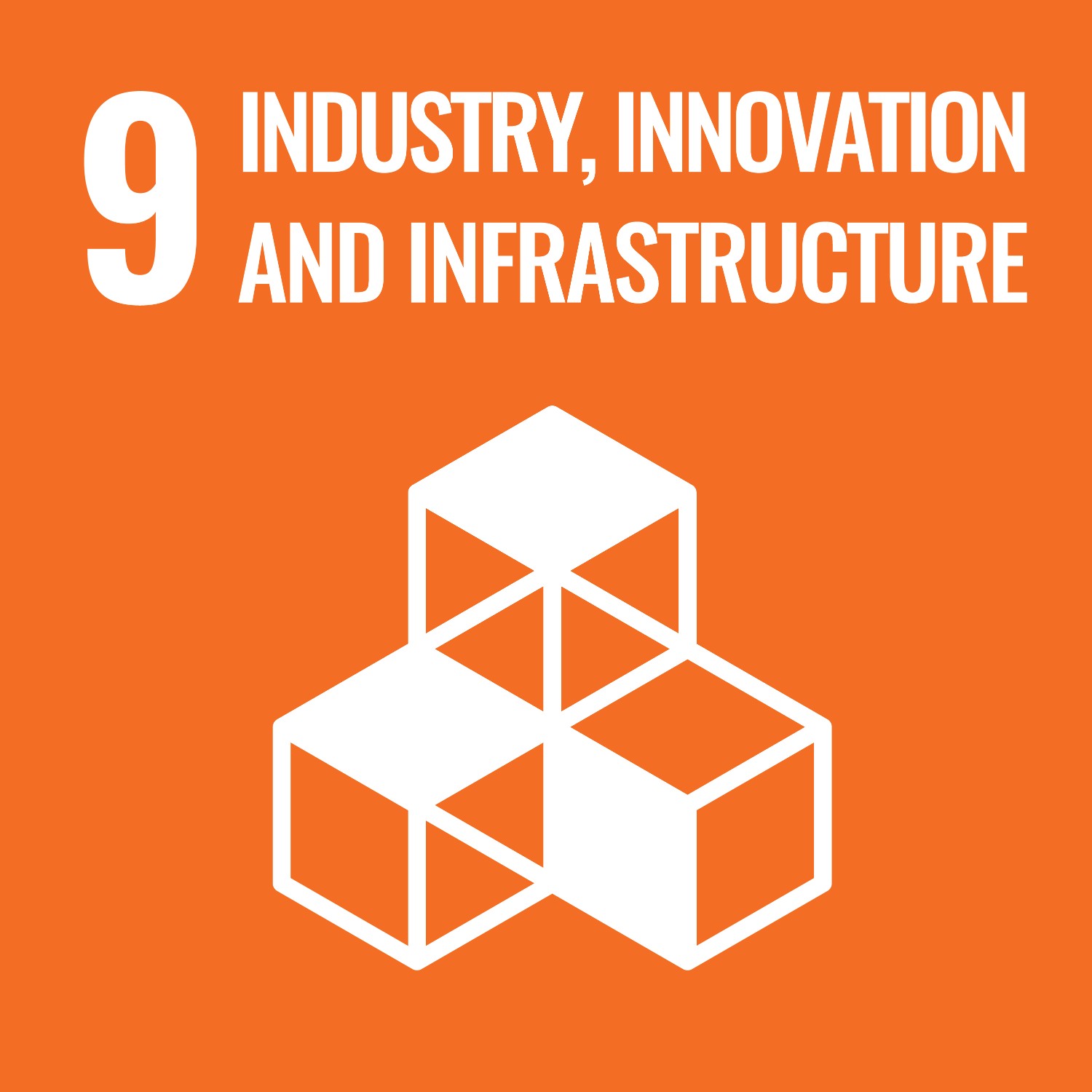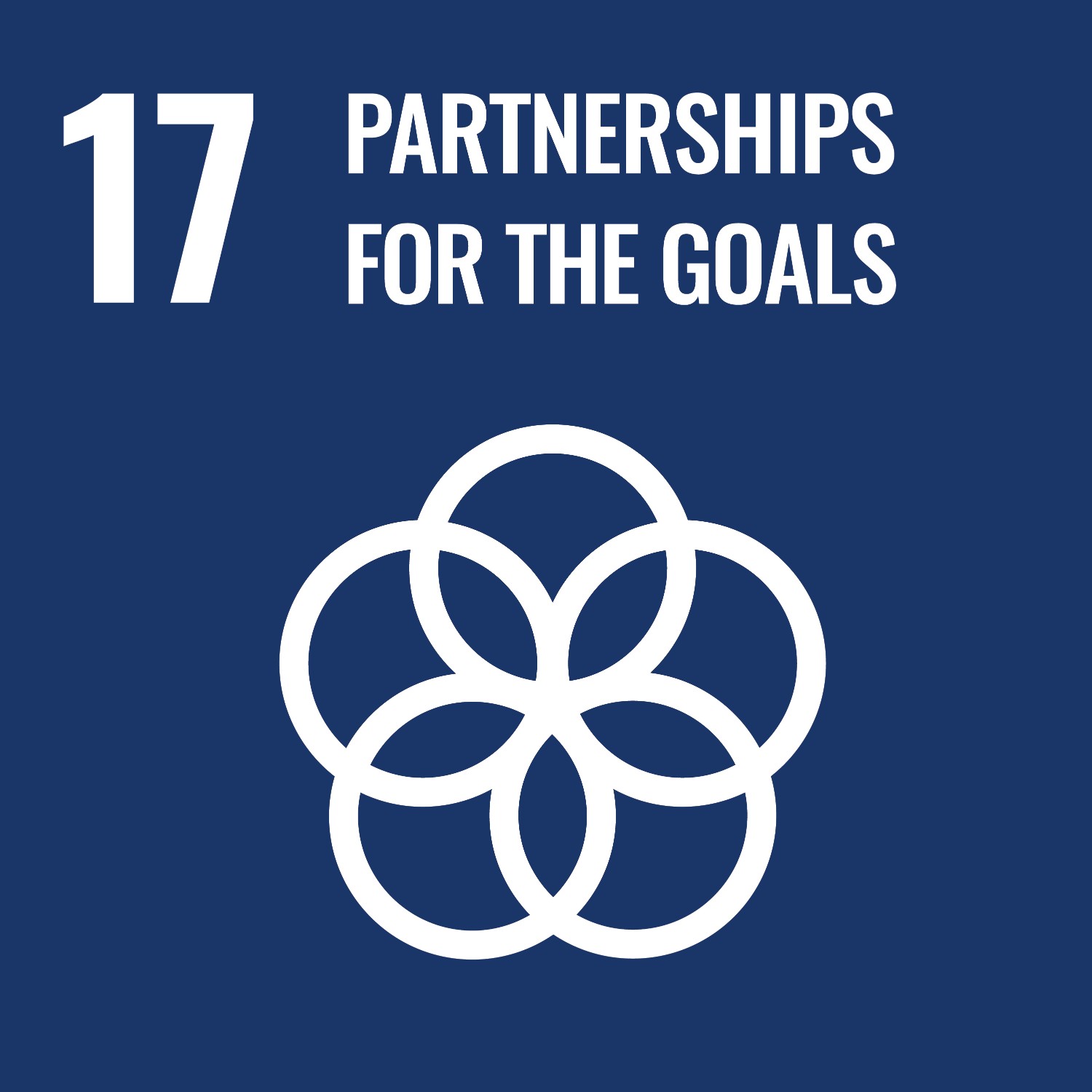We perform a daily delivery round from Tuesday till Saturday, except on public holidays. We are also required to deliver urgent medical items and funeral notifications on Mondays. In a declining market, one of our key tasks is securing accessible and reliable postal services at affordable prices, for example by providing nationwide coverage and ensuring that letter boxes are located within the legally required distance from everyone. We delivered 91% of consumer mail by the next delivery day in 2022, below the required level (a detailed overview of the issues that impacted quality and the measures we took to combat them can be found in the 'Performance summary' section at the beginning of this chapter). The quality of business mail was higher, at 95%. Mail volumes will continue to decline, mainly due to ongoing substitution
Bulk mail volumes were hit by macro economic pressures, with rising paper prices and high inflation causing customers to cancel or delay, reduce the frequency of, or send out reduced bulk mailing campaigns. Below we outline the steps we took in 2022 to keep mail accessible, reliable and affordable, benefiting customers and consumers in a declining mail market.
In 2022 we further implemented the New Mail Route, an efficiency-led model that enables us to make better use of our locations and resources, which will help contribute to future quality improvement. For example, we optimised mail deliverers' routes by laying them out in logical patterns rather than by postcode, creating greater route efficiency. We also opened a number of New Mail Route depots, all of which use e-bikes or e-cargo bikes for delivery, meaning routes can be extended.
During the year we further centralised preparation and began preparing for a number of delivery and sorting developments that we will roll out fully in 2023. These changes are aimed at streamlining our processes to be more cost-effective, adapting to changing customer demands, offering our people more attractive working options, and further improving quality.
The first involves streamlining delivery days for non-24-hour mail, to reflect declining volumes and the needs of bulk mail customers. We will also change the way we bundle and deliver mail, leading to a more efficient and stable preparation process, improving quality, and improving our capacity to process letterbox packages. Lastly, we will reduce our early morning sorting which is done by hand. This is being made possible through the introduction of new mail preparation cabinets.
These cabinets are wider and have twice as many preparation compartments, helping to reduce the number of sorting steps and simplifying the total process chain.
In 2022 we also continued to work on simplifying our overall mail proposition for customers, including product range, pricing structure, terms and conditions, and associated systems. By the beginning of the year, around 10,000 customers had switched to our new product model for bulk mail, which involved reducing the number of product codes from 2,200 to 200. In addition to increasing simplicity for customers, the new structure also enables them to prepare their business mail digitally, enables easier-to-read invoices, and leads to easier delivery.
“In 2022 PostNL issued the first crypto stamp in the Netherlands, underpinning the company's focus on digital innovation and adoption of new technologies”
From 1 January 2023, all customers with expiring contracts switched to the new product model. All other customers will make the switch as soon as their contract expires. Simplification makes it easier to offer customers digitalised services, while for PostNL the new system has led to cost savings, as a result of a significant drop in calls to our help desk and the number of checks and corrections required at the business desk.
Because we believe in the power of physical mail, we work continually to introduce innovations that will increase the impact and value of mail for customers and consumers. Below we outline examples introduced in 2022, which we believe help improve the mail experience.
An increasing number of services operate in the digital and physical world simultaneously. In 2022 we piloted a ‘smart letterbox’, which offers a digital connection from the moment a mail item is posted. Senders scan the barcode on a mail item, such as letterbox packages, before posting it. The pilot was a success and we aim to roll the service out further in 2023.
In 2022, we created a digital twin of the letterbox packages in our mail network. This enables us to give customers additional insights into the status of their delivery, especially if something goes wrong, and has improved the workload for our mail deliverers who, instead of having to make a scan of every packet delivered, now only have to scan the packets that they could not deliver.

In 2022 PostNL issued the first crypto stamp in the Netherlands, underpinning the company's focus on digital innovation and adoption of new technologies. It was also the world’s first jointly issued crypto stamp, together with Austria Post. Mirjam Verhaagen, who worked on the project, explains what a crypto stamp is and why we chose to innovate with Austria Post. "The Dutch crypto stamp is a stamp that consists of two parts: a physical stamp and a digital twin. That twin is an image that you can collect, swap and trade in the blockchain. Developing a crypto stamp is time consuming and work intensive, and because the technology behind the Austrian crypto stamp is the best in the market so far, we made a conscious choice to partner with Austrian Post and enter the market quickly. Another benefit is that a double-issue stamp is very attractive to collectors."

